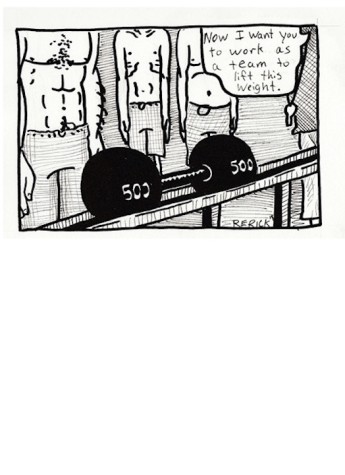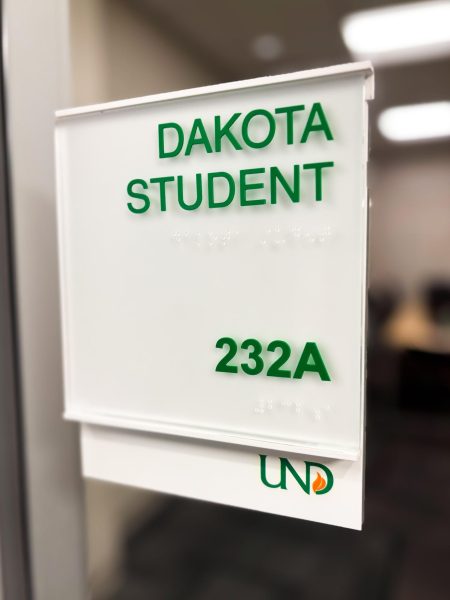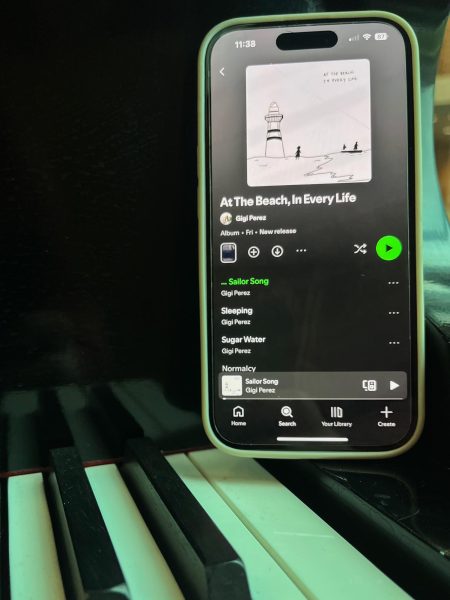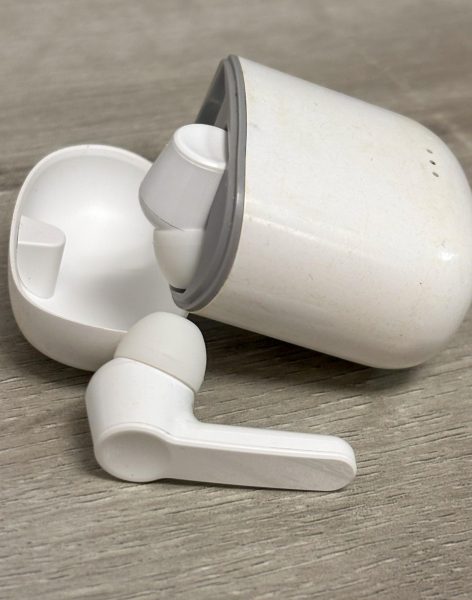Movie sequels disappoint
Let-down follow-ups will continue if we keep paying.
Usually the second version of something is better than the first. We see this with cell phones, software and even cars. But not all second versions are superior, especially in the case of movies. Unless the movie is part of a series or trilogy, like “Harry Potter” or “The Hunger Games,” the sequel is usually crap.
I can’t count how many times I’ve seen trailers and previews for movie sequels. Generally, the plot line ends with the conclusion of the first movie, and there’s nothing but pointless, drawn out content in the following movie.
These sequels shouldn’t be made in the first place — they just can’t compare to the originals. But the money-hungry machine that is Hollywood will never pass on an opportunity to make a few extra bucks. No matter how terrible the sequels are, if people liked the first movie, they’ll pay to see the second; and that’s all that matters.
As I was pondering the comparison of original movies to their successors, I decided to ask around to see what other UND folks had to say. Nicole Houseal, a junior, gave me her thoughts on movie sequels.
“Most of the original ideas are put in the first movie,” she said. “It seems like they’re trying to compete with the first one with jokes, plots and characters. It comes out overdone in the end.”
Some students think sequels are just never as good as the originals unless they are part of a series based on books. Sequels to “The Hangover” seem to be reshoots of the same done material.
Of all the UND students whose opinions I asked, they seemed to have the same general thought. However, a few gave me some movie sequels they thought were better than the originals.
“Aliens 2” and “Terminator 2” were said to be better than the originals. The “Godfather” and “Toy Story” franchises are other series commonly said to have better sequels than original stories.
So the question is, if these sequels are generally so much worse than the originals, why are they being made? They make money, and that, unfortunately, is the point of their existence. Frankly, it’s a disappointment to the entertainment industry.
A majority of students polled said sequels just shouldn’t be made.
I don’t really like change. If it ain’t broke don’t fix it. In a way I like to apply this concept to movies. I’ve just stopped seeing movie sequels altogether. As my fellow UND students pointed out, it’s a waste of time and money.
One terrible sequel that stands out to me is “Grease 2.” I loved the original “Grease.” Each year during homecoming week in high school, we had an era day. Each grade had a specific era they could dress up as. I remember watching “Grease” with my best friends; we would laugh, sing along and get ideas for our outfits. The movie became one of my favorite classics, but I was almost embarrassed by the quality of “Grease 2.”
Each of these subpar sequels has it’s flaws — the qualities that make it a flop or a “rotten tomato.” Whether it’s superficial plotlines or different characters than the original, the general consensus is that sequels rarely live up to the originality of the first film. While there are few that surpass their movie ancestors, they do exist. They are diamonds in the rough, and the trick to the movie industry today is trying to decipher which ones are worthy of spending money on.
Mary Ochs is a staff writer for The Dakota Student. She can be reached at mary.ochs@my.und.edu.







